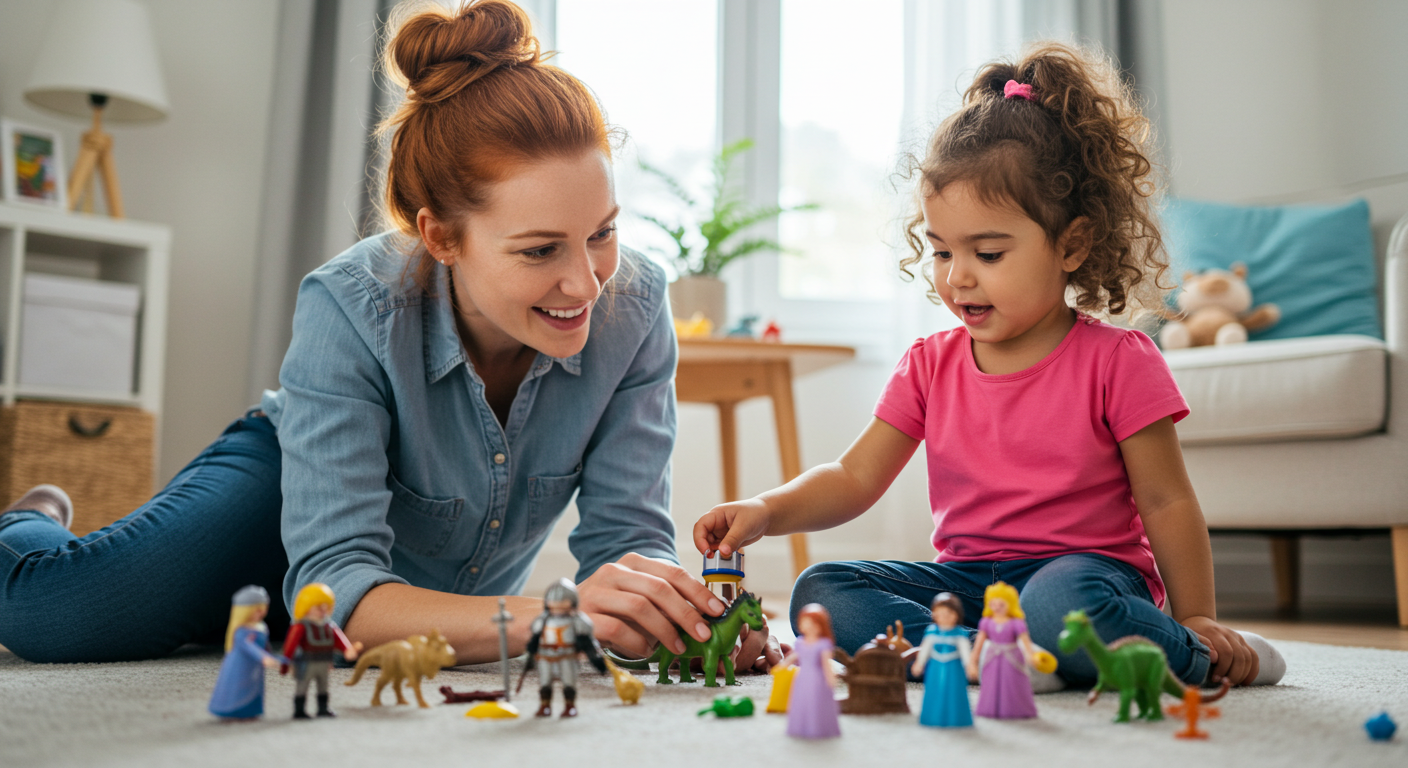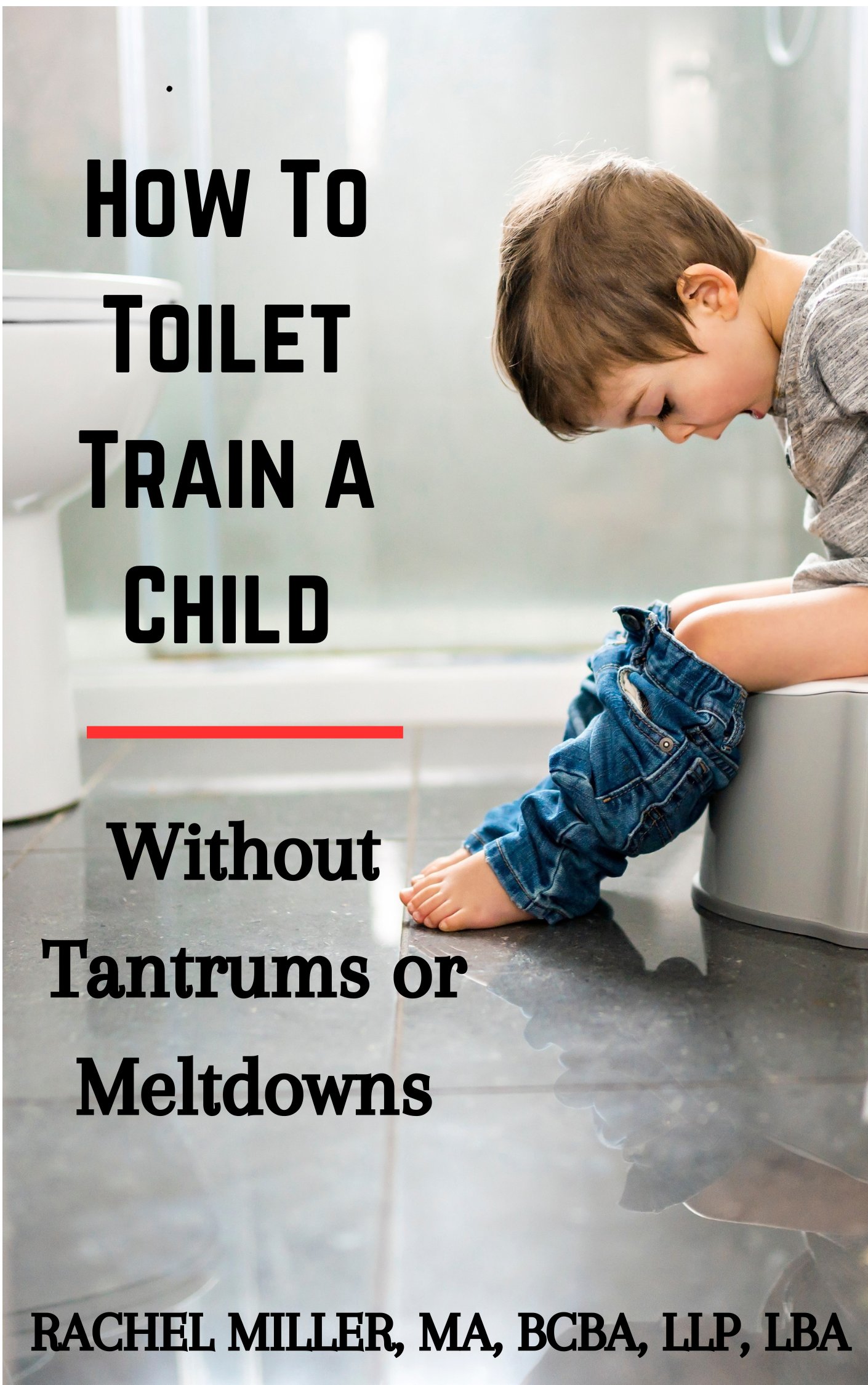Understanding the DIR Floortime Model:
A Complete Guide for Parents and Educators

The DIR Floortime Model is one of the most respected and unique approaches to supporting children with autism and other developmental challenges. Unlike therapies that focus solely on reducing specific behaviors, the DIR Floortime Model emphasizes helping children progress through foundational developmental milestones that form the basis of social, emotional, and intellectual growth.
This approach integrates well with other therapies such as speech therapy, occupational therapy, ABA and problem-solving exercises. By building on a child’s strengths and focusing on relationships, the DIR Floortime Model offers a comprehensive path toward developmental success.
Originally created by Dr. Stanley Greenspan in the 1980s, the method continues to gain recognition for its ability to nurture emotional connections and communication skills while respecting each child’s unique developmental profile.
What does DIR Floortime mean?
DIR stands for Developmental, Individual-differences, Relationship-based. Together, these three core principles form the foundation of the DIR Floortime Model, guiding therapists, parents, and educators in creating meaningful interventions.
- Developmental – Focuses on the child’s current developmental level and what milestones they need to achieve next.
- Individual-differences – Recognizes the unique sensory, motor, and processing differences each child brings to interactions.
- Relationship-based – Emphasizes the critical role of nurturing relationships with parents, caregivers, and peers in a child’s progress.
Floortime is the practical technique used within the model. It involves getting down to the child’s level—often literally on the floor—to engage in playful, interactive sessions designed to expand communication, problem-solving, and emotional growth.
The Six Developmental Milestones in the DIR Floortime Model
Dr. Greenspan identified six core developmental capacities that every child must build upon to form the foundation for higher learning and emotional well-being. The DIR Floortime Model helps children strengthen these capacities in a step-by-step manner:
- Self-regulation and interest in the world – Learning to stay calm and engaged with the environment.
- Intimacy and closeness – Developing trust, love, and enjoyment of relationships with others.
- Two-way communication – Beginning to share gestures, sounds, and expressions back and forth.
- Complex communication – Using multiple signals and emotional expressions to share ideas.
- Emotional ideas – Expressing feelings, imagination, and symbolic thinking through play.
- Emotional thinking – Developing the ability to connect emotions with logical thought, problem-solving, and perspective-taking.
By helping children climb this developmental ladder, the DIR Floortime Model encourages a deeper connection to the world and to others.
Understanding Individual Differences
Every child processes information differently. Many children on the autism spectrum face challenges with sensory processing—sometimes being overly sensitive to sound, touch, or movement, and sometimes underreacting. Others may struggle with motor planning, sequencing, or organizing their actions.
The DIR Floortime Model recognizes that no two children experience the world in the same way. By tailoring interventions to these unique differences, therapists and parents can create activities that meet the child where they are and help them move forward more effectively.
The Importance of Relationships

Relationships are at the heart of the DIR Floortime Model. A child’s growth depends heavily on the quality of their interactions with parents, caregivers, teachers, and peers. Within this approach, adults learn to adjust their communication styles and responses to match the child’s developmental level and sensory needs.
Instead of directing or instructing in a rigid way, adults in a Floortime session follow the child’s lead, encouraging shared moments of joy, curiosity, and discovery. These relationship-based interactions provide the emotional foundation for future learning and independence.
Goals of the DIR Floortime Model
The ultimate goal of the DIR Floortime Model is to help children achieve emotional and developmental milestones they may have missed in early childhood. Rather than targeting isolated behaviors, this model seeks to build lifelong capacities for empathy, communication, and independent thinking.
Parents and educators often find that once a child strengthens these milestones, progress in academic skills, self-help tasks, and social relationships follows naturally.
What a Floortime Session Looks Like
In practice, Floortime sessions are playful, engaging, and centered on the child’s interests. A parent or therapist may sit on the floor with toys or activities that the child enjoys, following the child’s lead while gently encouraging back-and-forth interactions.
For example, if a child lines up cars, the adult may join by rolling a car into the line and waiting for the child’s response. Over time, these simple exchanges can grow into complex dialogues, imaginative play, and problem-solving experiences.
Videos illustrating the DIR Floortime Model often show how children at different ages respond before and after therapy. Parents frequently note profound improvements in eye contact, emotional expression, and overall engagement after consistent Floortime sessions.
Integrating DIR Floortime with Other Therapies
While the DIR Floortime Model is powerful on its own, it can also complement other evidence-based interventions. For example, many families combine Floortime with Applied Behavior Analysis (ABA), speech therapy, or occupational therapy.
- Floortime nurtures emotional, social, and intellectual growth.
- ABA provides structure and reinforcement for specific skills and behaviors.
By combining these strengths, children can benefit from a well-rounded program that supports both developmental capacities and targeted skills.
Why Parents and Educators Value the DIR Floortime Model
Parents often report that the DIR Floortime Model gives them a new way to connect with their child. Instead of focusing only on correcting behaviors, they can celebrate progress in relationships, communication, and emotional growth. Educators appreciate that the model emphasizes flexible, individualized learning rather than one-size-fits-all strategies.
Most importantly, children benefit from an approach that honors their individuality while helping them build the essential skills needed for lifelong success.
Learning More About DIR Floortime
For families and professionals interested in exploring the DIR Floortime Model, resources are available through the Interdisciplinary Council on Development and Learning (ICDL) at www.icdl.com. This organization provides training, research, and community support for those committed to helping children thrive through developmental, individualized, relationship-based approaches.
Final Thoughts
The DIR Floortime Model is more than just a therapy—it’s a way of understanding and supporting children at their deepest developmental level. By focusing on relationships, individual differences, and emotional milestones, it provides a pathway for children with autism and other developmental challenges to grow into their fullest potential.
Whether used on its own or in combination with other therapies, the DIR Floortime Model offers hope, progress, and meaningful connection for families around the world.
If you haven't already, be sure to check out my ebooks, now on Amazon!
References
1. What’s DIR/Floortime?. The Interdisciplinary Counsel on
Developmental and Learning Disabilities.
http://www.icdl.com/dirFloortime/overview/index.shtml. 10-6-11.
2. History of Floortime http://www.icdl.com/dirFloortime/overview/index.shtml. 10-6-11.
3. Treatments for Autism. Autism Speaks. www.autismspeaks.org. 11-22-09.

